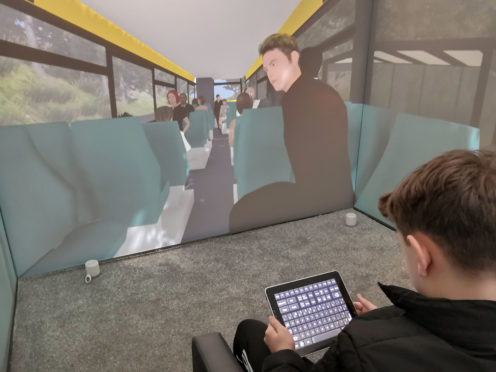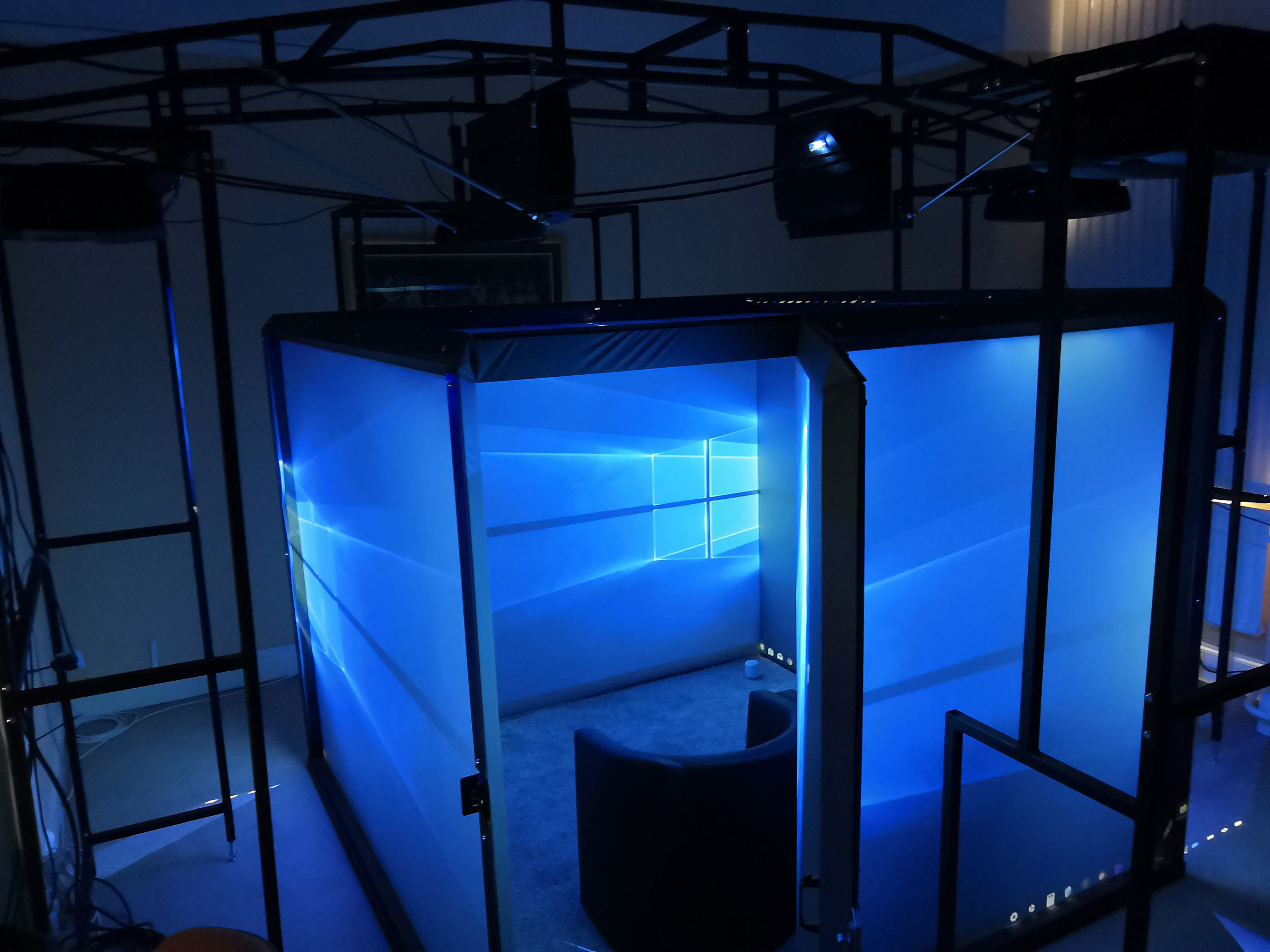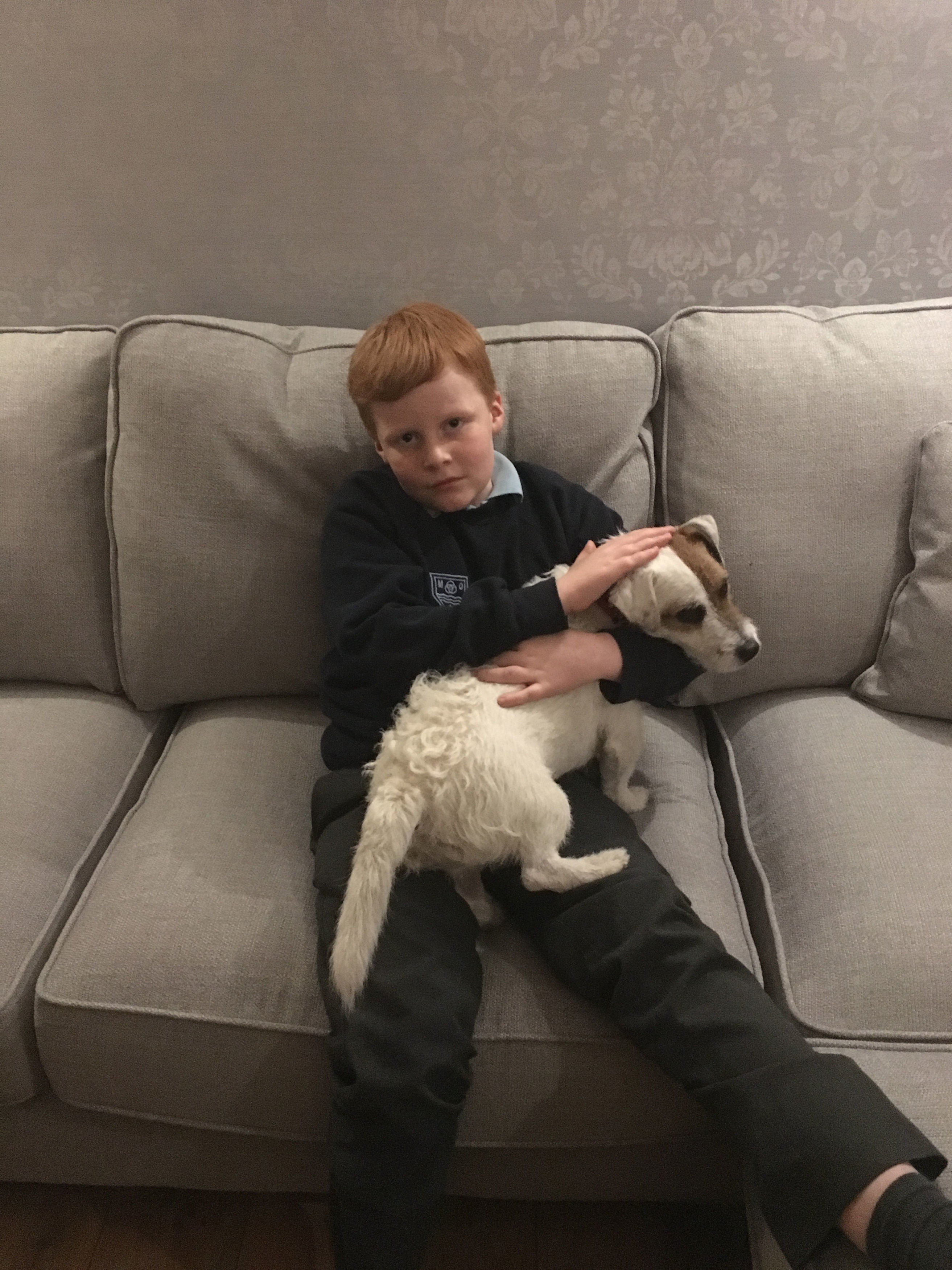
Virtual reality sessions have helped children with autism overcome their fears with 45% of test cases free from their phobias six months after treatment, a study has found.
The sophisticated Blue Room, developed with Newcastle University, allows specialists to create a safe environment for patients to work their way through scenarios and confront their fears with the help of a therapist.
One 11-year-old boy who was terrified of dogs and would become hysterical if he saw one has made such a recovery that his family now has a much-loved pet terrier.
A separate study has also shown for the first time that the treatment works for some autistic adults.
The team has created virtual environments, which do not require goggles to explore, specifically to tackle other specific phobias including wasps, lifts, the dark, flying, dolls, balloons, public transport, school and walking into rooms.
The child uses an iPad controller to move through the scenario and remains in full command of the situation.
The Blue Room is based in County Durham and created with the university by technology specialists Third Eye NeuroTech.
Research, published in the Journal of Autism and Developmental Disorders, has found 45% of young patients had benefited from the treatment six months later.
Newcastle University carried out a randomised controlled trial involving 32 children with autism aged 8 to 14 years.
Half received treatment in the Blue Room straight away and half acted as a control group, receiving delayed treatment six months later.
After receiving the treatment and with the support of their parents, the children were then introduced to the scenario they feared in the real world.
Two weeks after treatment, the research shows that four of the first 16 (25%) had responded to treatment and were able to cope with a specific phobia.
This effect remained, with a total of six showing improvement after six months (38%), however, one reported a worsening of their phobia.
Meanwhile, in the control group, five untreated participants had become worse in the six months.
The control group went on to be treated in the Blue Room after this time. Results showed that overall 40% of children treated showed improvement at two weeks, and 45% at six months.
Harry Mainwaring, 11, made such a recovery from his real phobia of dogs that his family was able to get a terrier called Wilfy.
His mother Lizzie said: “As soon as Harry saw a dog he would become hysterical, screaming and running away.
“This was very dangerous as he would not look at where he was running, even if it was onto a road, as he just wanted to be nowhere near the animal.”
The effect of the Blue Room treatment on the Tyne Valley schoolboy has been life-changing, she said.
“It is amazing to see how Harry now is with dogs,” she said.
“He loves our dog and whenever he sees others he’s happy if they approach him and he’ll stroke them.”
Professor Jeremy Parr, who led the study, said: “For many children and their families, anxiety can rule their lives as they try to avoid the situations which can trigger their child’s fears or phobia.
“To be able to offer an NHS treatment that works, and see the children do so well, offers hope to families who have very few treatment options for anxiety available to them.”
It is thought phobias affect around 25% of children with autism.
The treatment also helped a 26-year-old to graduate from university after she overcame a crippling fear of walking through doors or down a long corridor.
The university said NHS treatment is available to UK families through the Complex Neurodevelopmental Disorders Service at Northumberland Tyne and Wear NHS Foundation Trust.

Enjoy the convenience of having The Sunday Post delivered as a digital ePaper straight to your smartphone, tablet or computer.
Subscribe for only £5.49 a month and enjoy all the benefits of the printed paper as a digital replica.
Subscribe © Third Eye NeuroTech/Newcastle University/PA Wire
© Third Eye NeuroTech/Newcastle University/PA Wire © Third Eye NeuroTech/Newcastle University/PA Wire
© Third Eye NeuroTech/Newcastle University/PA Wire